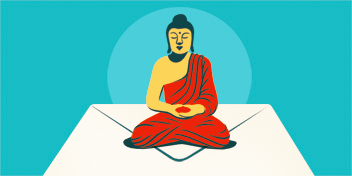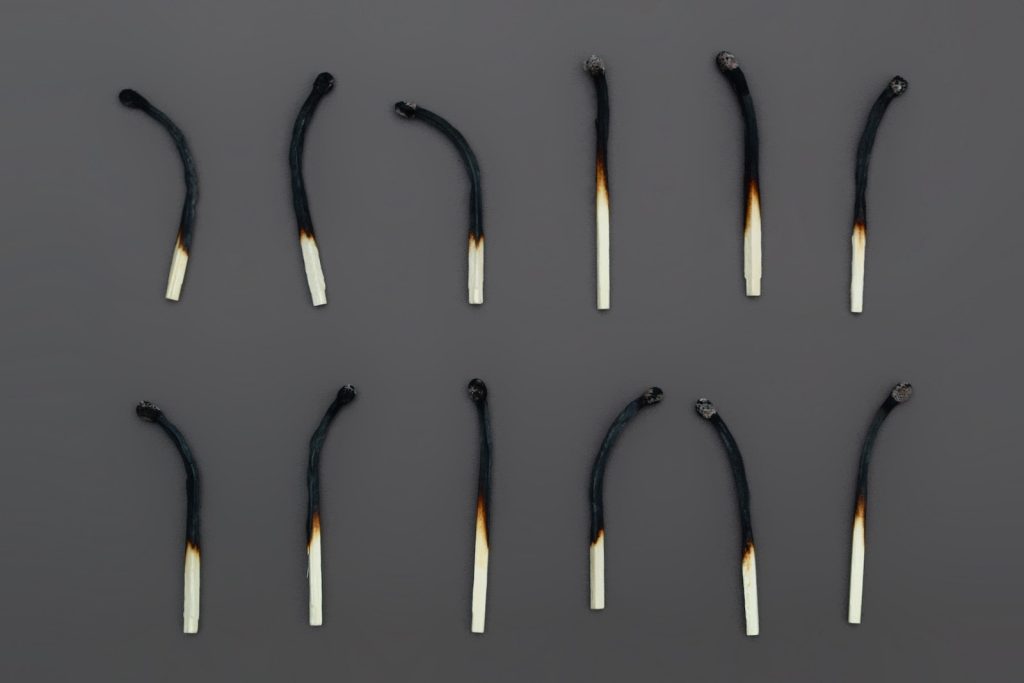In the spring of 2017, Washington was gearing up for a vote on the Affordable Care Act. Republican politicians were determined to repeal the entire bill without an alternative plan, which threatened to cut off health care for millions of people, including funding to Planned Parenthood for at least a year.
I was working at a meditation studio in Bethesda, Maryland, when Planned Parenthood contacted us inquiring about a private session for their group. Staffers from around the country were flying in to Washington to confer, lobby, and protest, and they were working around the clock in a highly-charged, high stakes situation. They were concerned about burnout, interested in self-preservation, and aware of the urgency of being aware and awake while they navigated through this political maze. I agreed and met the group at the ACLU headquarters on 15th Street, where they had set aside a conference room for the one-hour lunchtime meditation session. There were about 25 people present, taking this time to sit still in what felt like the eye of a hurricane.
Scenes like these are increasingly common. Activists are at a high risk of burnout, which constitutes a significant and systemic obstacle to social justice movements. For a long time, the culture within many activist organizations and movements lionized sustained passion and effort, and often discounted or looked down on the importance of self-care. Activists can feel guilty for taking personal time and stepping away from urgent issues. However, as the recent wave of Black Lives Matter protests have shown, the conventional wisdom on this is starting to change. Many activists have come to recognize the necessity of restorative time for optimum effectiveness. Yet I believe we still have a long way to go before we experience a true cultural shift.
Thich Nhat Hanh, the Vietnamese Buddhist teacher and activist who worked to end the war in Vietnam and was nominated for the Nobel Peace Prize by Dr. Martin Luther King, Jr., talks about burnout in his book At Home in the World:
[I]f we don’t maintain a balance between our work and the nourishment we need, we won’t be very successful. The practice of walking meditation, mindful breathing, allowing our body and mind to rest, and getting in touch with the refreshing and healing elements inside and around us is crucial for our survival.
Before the Planned Parenthood group session, I labored over what I would do. I decided to give a short introduction and led them in a body scan, guided mindfulness meditation, and plenty of restorative silence. I told them a little about attention restoration theory, how the cognitive functions in the prefrontal cortex of the brain can become drained when we overtax ourselves without a break, which lessens our ability to make good decisions and find creative solutions to problems. When we have the equivalent of writer’s block and feel stuck and unproductive, taking a break—“sleeping on it”—helps our brains restore themselves so that we can access and integrate more memory power and high-order thinking. Taking even short breaks where we limit sensory input, resting our minds, is an essential tool for optimal functioning.
I also wanted to leave them with tools for going forward into the fray, something along the lines of a “Stop and Breathe” technique. So I came up with a meditation I call “R.O.A.R.”
The “R” is for Remember. Mindfulness meditation cultivates our ability to remember where we are and what we’re doing. In other words, we become more used to being aware and appreciative of what we’re doing while we’re doing it, instead of talking to ourselves about what we’re doing or thinking about what we’ll do next, and so on. So the main trick is this first R, remembering that we’re here, right now. Then we take a moment to check in with ourselves, Observing and Appreciating our own living, breathing presence, and then we Resume our activities from that more balanced perspective.
What follows are instructions for two meditations for activists, including R.O.A.R. and a practice of contemplating one’s aspirations.
Meditation Instruction: R.O.A.R.
- Remember: We are often lost in thought, unaware that we’re actually here, right now. When we suddenly notice we’ve been “somewhere else,” that’s this quality of Remembering. So notice this alternation and acknowledge that you are back where you are, right here, right now. You remembered. Regular mindfulness practice helps you to Remember more often.
- Observe: At that point, pause and Observe yourself for a moment. How are you? Notice your body: your posture, any tension you may have in parts of your body, as well as other feelings in your mind and body. Are you feeling anxious, tense, happy, crazy, angry? Observe openly without judgment. Mindfulness is curious and caring.
- Appreciate: Beyond Observing, you can Appreciate your whole being and your ability to have this kind of self-awareness and care. Tune into your breathing and take a few nice, deep breaths, Appreciating yourself as you are, where you are. Relax with a sense of your whole body, your mind, your feelings, all together right now, right here.
- Resume: Pause to look around you for a moment, listen to what’s going on around you, feel the air on your skin, and then go forward into your activities with greater awareness, gentleness, and strength.
Meditation Instruction: Contemplating Your Aspirations
Contemplation practice involves using a word, or thought, as your object of meditation.
- Think of a word or phrase that represents something you aspire to strengthen and embody more in your life and remember more often during your day. Examples of these kinds of words, or qualities, could be things like calm, courage, strength, peace, listening, friendliness, and so on. The possibilities are endless and up to you. Choose one such word or phrase for this contemplation.
- Bring your attention to your body, feeling your posture, your stillness, and your breathing. Rest with that for a few moments.
- Now think of your word. Each time you breathe in, repeat that word to yourself. Turn your attention to the meaning of the word, not just conceptually but how it feels to you, from your own experience. Imagine that you are breathing in the essence of your word each time you inhale. When your mind wanders, just return to what you’re doing, repeating your word and thinking about/feeling its meaning. Do this for a few minutes, or as long as you like.
- To close, repeat your word one last time, and as you breathe it in imagine its qualities filling you and becoming part of you. Rest with that for a few moments. Then, simply let it go and return your attention to your natural breathing, and end whenever you’re ready.
You can contemplate anything in this way, choosing something you find inspiring or helpful. Doing this can help deepen and internalize your connection with these aspirations, going beyond a mere conceptual understanding to a true feeling for the meaning and experience. You can recall your word during the day; you can even write it on a post-it note (or on your hand!) as a reminder.
Finding our own inner resources of equilibrium and peace helps us to manage the violence of the injustices we are striving to change, and in this way we can manifest our vision, walk our talk. As Thich Nhat Hanh said, “Our own life has to be our message.”
Thank you for subscribing to Tricycle! As a nonprofit, we depend on readers like you to keep Buddhist teachings and practices widely available.

